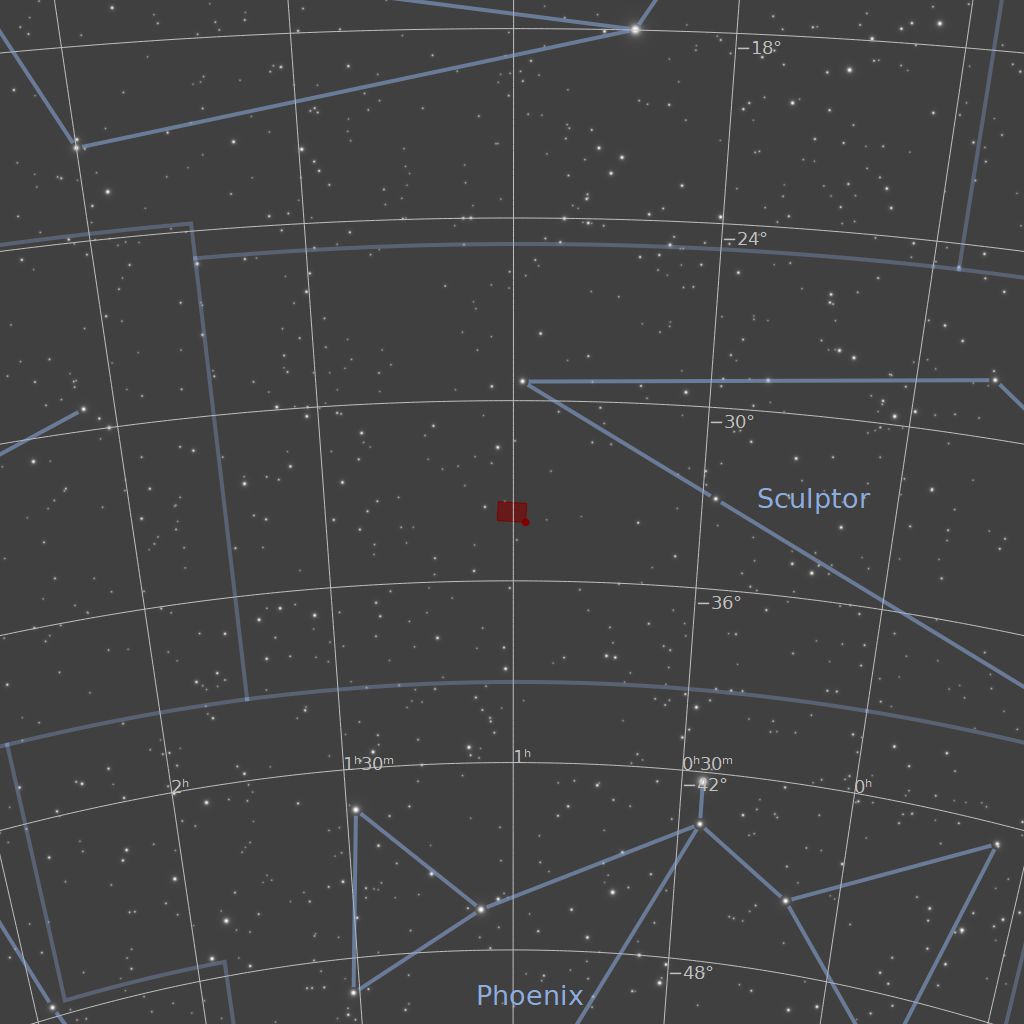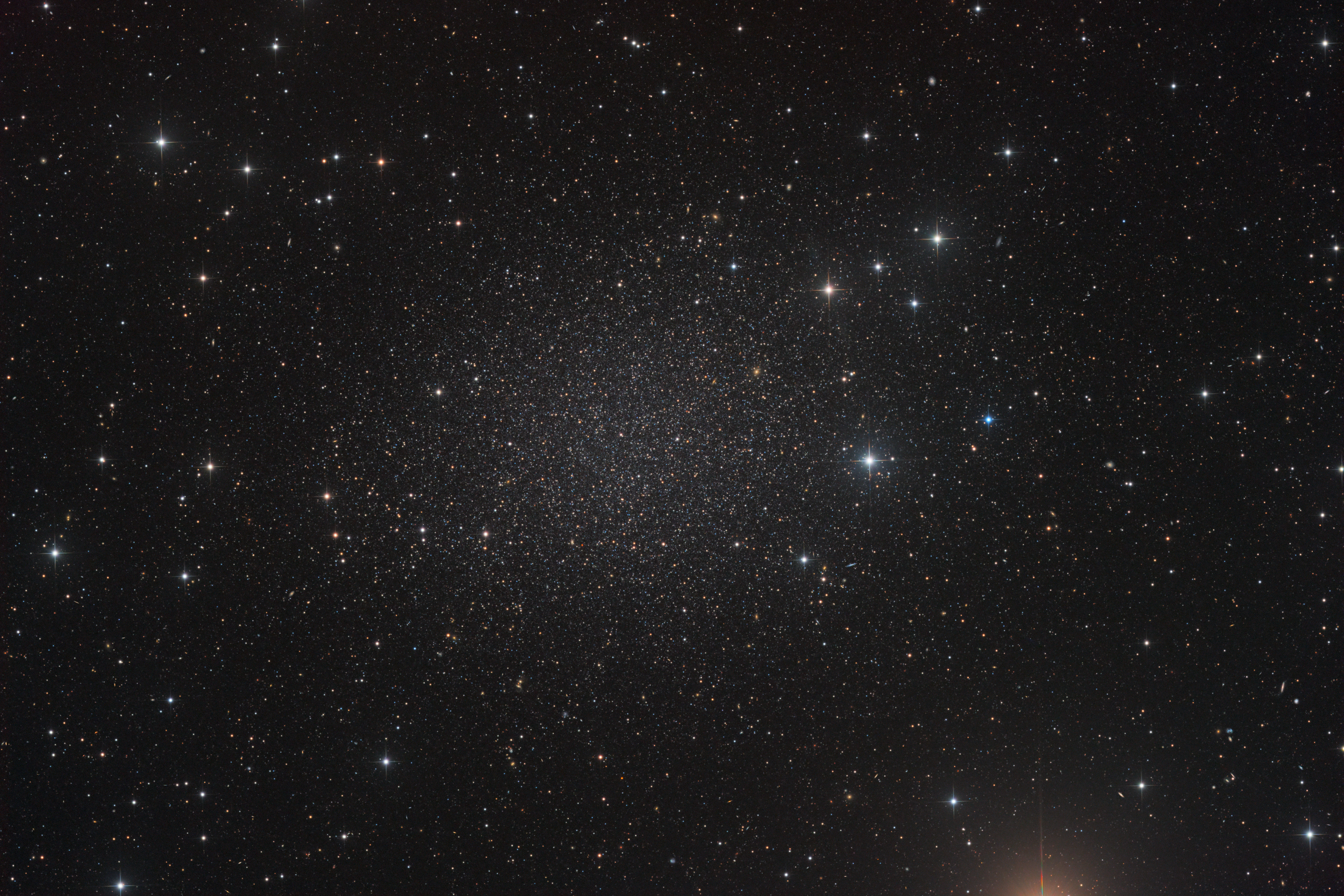

Palomar 5 (UGC9792) - A tidally disrupted Globular Cluster
PGC3589, a dwarf spheroidal galaxy (dSph) located in the outskirts of the Local Group at a distance of ~90kpc, is a fascinating glimpse into the universe’s early history. Characterized by its faint glow and diffuse, elliptical structure, this small galaxy is home to some of the most metal-poor stars known. These stars contain only trace amounts of elements heavier than helium, which suggests they formed very early in cosmic history, before successive generations of star formation enriched the universe with heavier elements. Such metal-poor stars are crucial to understanding the conditions in the early universe, offering astronomers insight into the first stages of galactic evolution.

The star AS0039 (Teff = 4377 +/- 81 K, log g = 0.8 +/- 0.1) found is this galaxy is known as the most metal poor star found outside of the milky way at a metallicity of [Fe/H] = - 4.11 dex. Some research suggest it may have formed from remnants of a Population III star hypernova, the first extremely massive population of stars formed during the first era of star and galaxy formation during the era of cosmic reionization. Skúladóttir, Ása et al. (2021), "Zero-metallicity Hypernova Uncovered by an Ultra-metal-poor Star in the Sculptor Dwarf Spheroidal Galaxy", 2021ApJ...915L..30S
Despite its small size and low luminosity, PGC3589 is thought to contain a substantial amount of dark matter, which binds its loosely packed stars together and makes it more stable than it might appear.
PGC3589, a quiet and unassuming galaxy, holds the stories of ancient star populations and stands as a relic of a long-forgotten era when the first galaxies shed light into the dark universe. Read more about it here: Astrobites Article
Imaged at the VdS Remote Observatory in Hakos, Namibia, Bortle 1 together with Karsten Moeller, Stefan Kueppers und Yves Bastian.
-
Category
Dwarf Spheroidal Galaxy dSph
-
Coordinates
RA 01h 00m 09.3s
DEC −33° 42′ 33″ -
Distance
90 kpc
-
Apparent Mag
10.10 mag (V)
-
Equipment
TS ONTC12 300/1380 Astrograph
10Micron GM3000
Lacerta DS 2600mm
-
Exposure
L: 218 x 300 s
R: 60 x 300 s
G: 60 x 300 s
B: 57 x 300 s
Total Integration: 30.4 h -
Publication Date
26.10.2024


